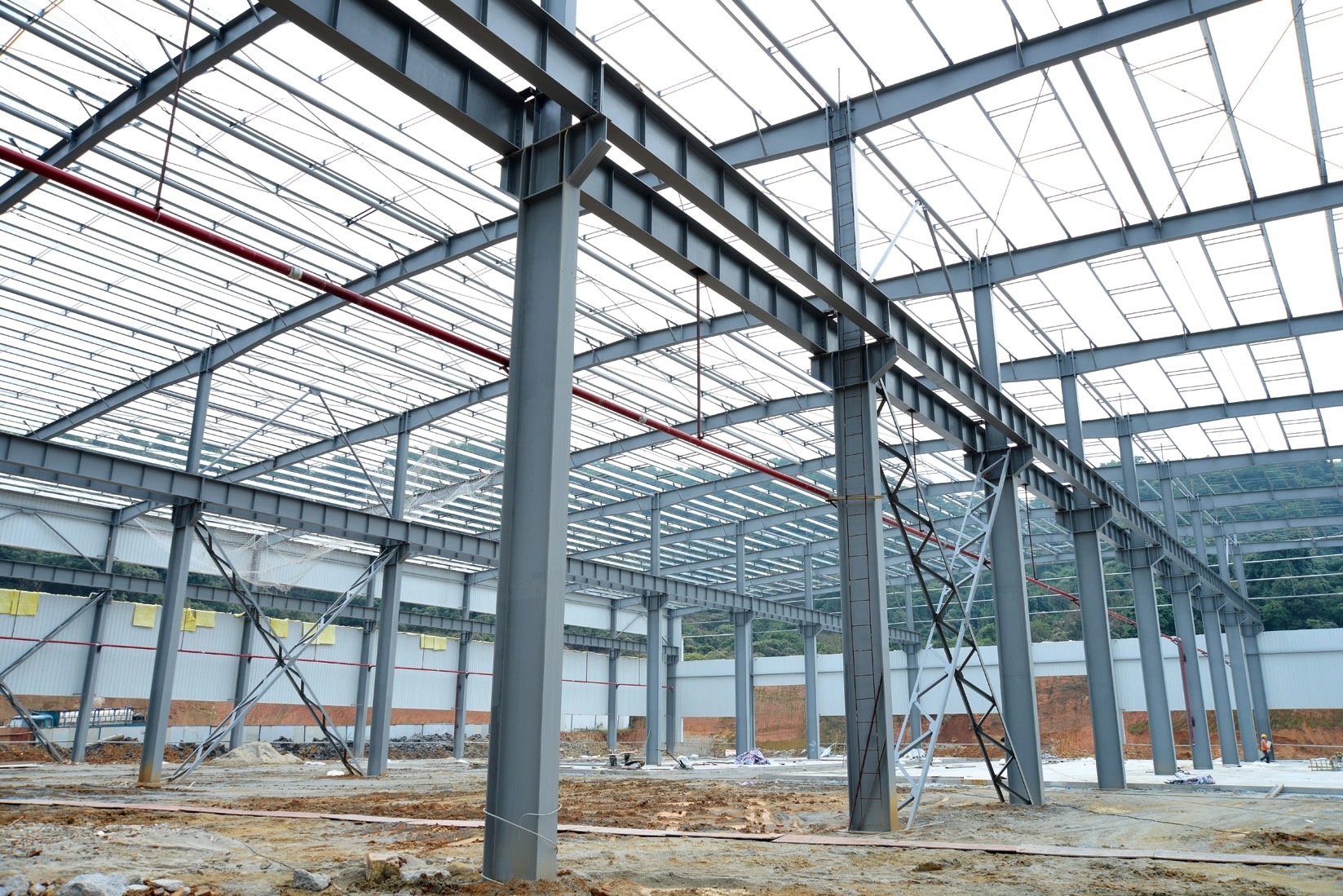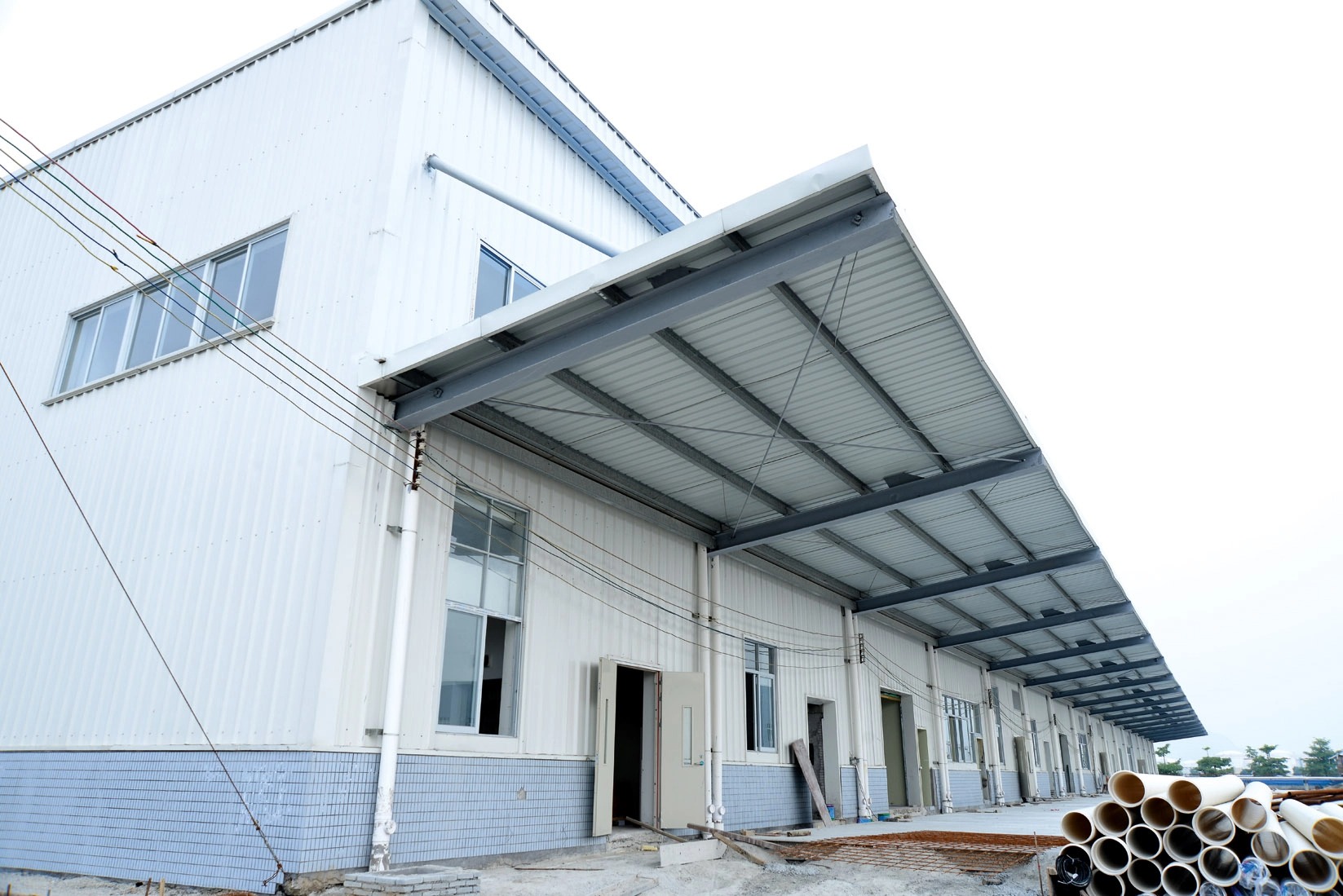The steel structure workshop is a pillar of modern industrial architecture. Its strength, flexibility, and fast assembly have made it the preferred choice for factories, warehouses, and production facilities across the globe. However, one persistent challenge that continues to affect the performance and lifespan of these buildings is corrosion. Without proper protection, the steel components can degrade rapidly, leading to costly repairs, structural instability, and even hazardous working conditions.
This article provides a comprehensive guide on how to prevent corrosion in steel structure workshops. We'll explore the causes of corrosion, proven anti-corrosion techniques, maintenance tips, and answers to frequently asked questions—helping you ensure your workshop remains strong and durable for years to come.
Understanding Corrosion in Steel Structures
Corrosion is a natural chemical reaction that occurs when steel reacts with environmental elements such as oxygen, water, salts, and industrial pollutants. This process forms iron oxide, commonly known as rust, which weakens the metal's structural integrity over time.
Several factors make steel structure workshops especially vulnerable to corrosion:
High humidity levels or exposure to water
Industrial chemicals and acidic vapors in manufacturing environments
Salt-laden air in coastal areas
Temperature fluctuations that cause condensation
Poor ventilation or trapped moisture
What makes corrosion so deceptive is its gradual nature. It may start as a small patch but can quickly spread if left unchecked, compromising beams, columns, and joints within the workshop.

Surface Treatment Methods for Anti-Corrosion
Hot-Dip Galvanizing – The Gold Standard
Hot-dip galvanizing involves immersing steel components into a bath of molten zinc. This process forms a robust, metallurgical bond that protects the steel from moisture and atmospheric elements. The zinc acts as a sacrificial layer, corroding in place of the steel underneath.
Benefits:
Long-lasting protection (often 20-50 years)
Excellent resistance to mechanical damage
Self-healing properties for small scratches or abrasions
This method is particularly suitable for steel structures exposed to outdoor environments or highly corrosive industrial conditions.
Powder Coating for Additional Resistance
Powder coating is a dry finishing process where a fine, colored powder is electrostatically applied to the steel surface and then cured under heat to form a protective film. Often used in combination with galvanization, powder coating adds another layer of defense.
Advantages:
UV and chemical resistance
Enhanced appearance with color variety
Smooth, uniform finish that resists chipping
When applied correctly, powder coatings provide both decorative and functional benefits, helping steel structure workshops maintain their aesthetics and durability.
Anti-Corrosion Paint Systems
Epoxy and Polyurethane Coatings
Specialized industrial paints can significantly reduce corrosion risks when applied as a system of primers, intermediates, and topcoats. Among the most commonly used are epoxy primers and polyurethane topcoats.
How it works:
Epoxy primer adheres tightly to the steel surface, offering strong chemical resistance.
Polyurethane topcoat provides flexibility, UV stability, and gloss retention.
These coatings are ideal for indoor environments where galvanization may not be practical or where touch-ups are frequently required.
Zinc-Rich Primers for Sacrificial Protection
Zinc-rich coatings are another alternative that combines paint application with sacrificial protection. The zinc particles in the primer act similarly to galvanizing, corroding before the steel does.
Why choose zinc-rich primers?
This method is particularly beneficial for large or irregularly shaped steel structures where dipping or coating in a factory setting is not feasible.
Environmental Control Strategies
Beyond coatings and paints, controlling the workshop environment itself can significantly reduce corrosion rates.
Proper Drainage and Moisture Control
Standing water or poor drainage systems are common culprits in accelerated corrosion. A well-designed steel structure workshop should include:
Sloped roofing and gutters
Elevated flooring or raised steel base
Water-resistant seals at joints
Moisture should never be allowed to settle around columns or foundation areas.
Ventilation and Dehumidification
Humidity control is vital, especially in enclosed workshops or production spaces. Installing exhaust fans, louvered vents, and dehumidifiers can help maintain optimal air circulation and prevent moisture accumulation on metal surfaces.
Tip: Use a hygrometer to regularly monitor indoor humidity. Ideal levels are between 40% to 60% for steel environments.
Regular Inspection and Maintenance
Prevention doesn't end with the initial construction or painting. Ongoing inspection and maintenance routines are critical for early detection and mitigation of corrosion.
Weekly, Monthly, and Annual Checks
Create a maintenance schedule to assess the condition of your steel structure at different intervals:
| Inspection Frequency | Tasks |
| Weekly | Visual check for leaks or rust stains |
| Monthly | Tighten bolts, inspect weld joints |
| Annual | Full surface inspection, repaint touchups |
Cleaning and Recoating
Dust, grease, and industrial residues can accelerate corrosion. Regular cleaning using mild detergents or pressure washers helps preserve protective coatings. Areas with coating damage should be recoated immediately using compatible primers and topcoats.

FAQ – Anti-Corrosion for Steel Structure Workshop
Q1: How long does a galvanized steel structure workshop last?
A: A well-maintained galvanized structure can last 30 to 50 years, depending on the environment. Regular inspection helps maximize lifespan.
Q2: Can I apply paint over galvanized steel?
A: Yes, but surface preparation is crucial. Use etching primers or zinc phosphate-based primers to ensure paint adhesion.
Q3: What's the best method for coastal environments?
A: A combination of hot-dip galvanizing and polyurethane coating provides the most effective protection against salt air corrosion.
Q4: What is the cost difference between galvanizing and painting?
A: Galvanizing typically has a higher upfront cost but lower maintenance over time, whereas paint systems are cheaper initially but may require more frequent touch-ups.
Q5: What signs indicate early-stage corrosion?
A: Look for discoloration, flaking paint, water streaks, or tiny rust spots—especially near joints and seams.
Conclusion
A steel structure workshop is a long-term investment, and corrosion is its silent enemy. But with strategic planning, appropriate surface treatments, environmental controls, and proactive maintenance, you can drastically reduce the risks.
The choice of anti-corrosion method depends on the environment, usage, and budget—but each method contributes to the longevity, safety, and performance of your steel facility. Whether you are building from scratch or looking to refurbish an existing structure, prioritize anti-corrosion strategies from the very beginning.
In an era where operational downtime can be costly and safety is paramount, corrosion protection isn't optional—it's essential. Take charge today, and let your steel structure workshop stand tall for decades to come.






















